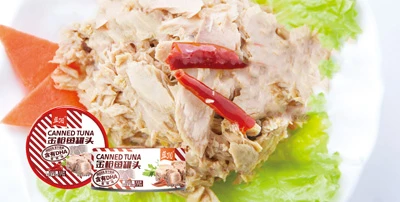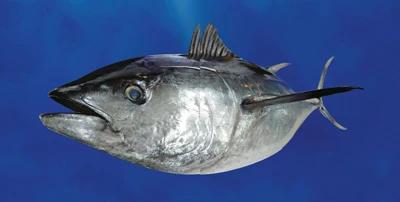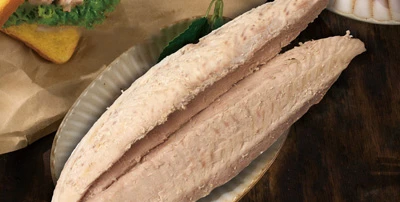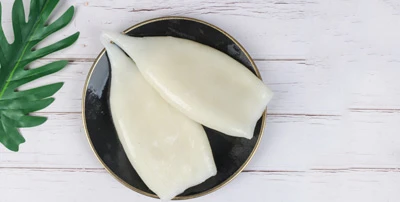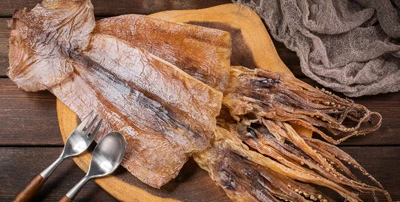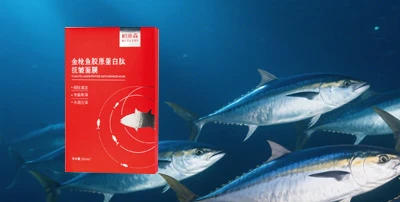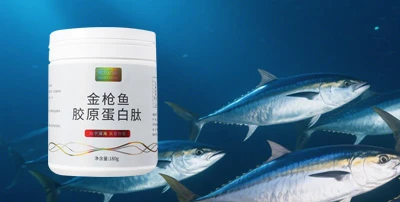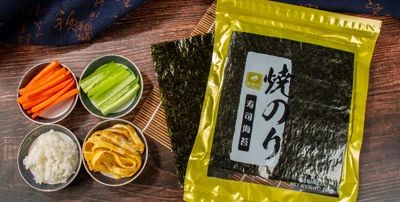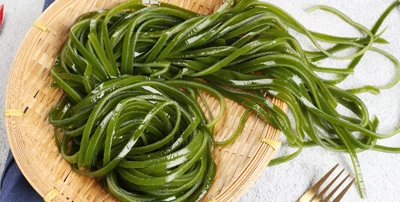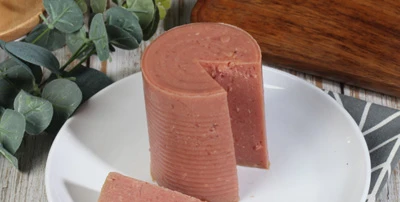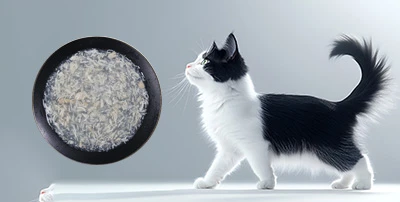Blog
Consult Now
Need help? We're here to assist!
Contact Phone
Contact Email
Contact Address
No. 299 Longyu North Road, Shidao Industrial Park, Rongcheng City, Shandong Province, China
Unveiling the Mystery of Nori—Is Nori Actually Laver?
Release Time :
Jun 27,2025
Source :
Seaweed, this food often plays the role of a delicious dish in daily life.
Nori, this food often plays the role of a delicious delicacy in daily life. However, many people may have doubts about the relationship between nori and laver. This article will explore whether nori is the same as laver and their differences through a concise list.
Is nori the same as laver?
1. Belong to the same type of plant:
● Both nori and laver belong to the red algae (Rhodophyta) group. Therefore, it can be said that nori is a type of laver.
2. Different varieties:
● Nori usually refers to the processed, dried, and seasoned product of laver, while laver is the original plant growing in the sea.
3. Differences in processing methods:
● Nori is made by harvesting laver and undergoing multiple processing steps. This process includes washing, draining, drying, slicing, and seasoning.
● Laver naturally grows in water and is often eaten raw, commonly used in making sushi rolls and other dishes.
Differences between nori and laver
1. Appearance differences:
● Nori is thin and uniform sheets with a smooth surface. After processing, its color is usually dark green, purplish-red, or black.
● Laver in its natural state appears as sheets or leaf-like shapes, with brighter colors that can be red, purplish-red, or even some varieties are green.
2. Taste and texture:
● Nori has a crispy and tender texture after processing, melts in the mouth, and is suitable for making sushi rolls, nori rice wraps, etc.
● Laver in its growing state has a relatively chewy texture, suitable for use as sushi outer wrapping or in cooking.
3. Seasoning and uses:
● Nori is often used as a seasoning food due to its natural sea flavor and crispy texture, suitable for direct consumption or paired with other ingredients.
● Laver is also a common ingredient in traditional Asian cooking but usually requires processing in dishes, such as boiling or frying.
4. Differences in nutritional components:
● Although nori retains the rich nutrients of laver after processing, there may be slight differences due to losses during processing.
● Laver may retain more of its original nutrients when eaten raw.
Through the above brief list, we can more clearly understand whether nori is the same as laver and some of their significant differences. Although they are related botanically, they present different forms and uses in food culture and cooking. While enjoying the delicious taste, our understanding of these two will also become more comprehensive.
Recommended News
Canned Tuna: A Delicious Dish from the Deep Sea to the Table
We can easily use canned tuna to create a variety of delicious dishes. Let's get started together and turn this delicacy from the deep sea into a feast on the table!
An article to introduce you to the "internet-famous" product in cat food — cat sticks
Cat sticks are a type of wet food for cats, classified as a kind of cat treat. They are a liquid cat food made by emulsifying and homogenizing minced meat and then adding some ingredients to form a composite.
Let's talk about other delicious parts of tuna besides sashimi.
In addition to tuna sashimi, its belly, swim bladder, head, eyes, and skin also offer delicious flavors and rich nutritional value. When enjoying tuna, try these parts to experience their unique taste.
Why are cat treats so attractive to cats?
If you have a cat at home, then you must be familiar with the magical cat treats.
If you want to make kelp strips more delicious, you might try the following methods
To make kelp strips more delicious, you can choose different methods according to personal taste. Whether stir-fried, sweet and sour, cold mixed, stewed in soup, or grilled, kelp strips can showcase their unique charm.
Unveiling the Mystery of Nori—Is Nori Actually Laver?
Seaweed, this food often plays the role of a delicious dish in daily life.
Differences and Origins of Nori and Kelp: Different Delicious Legends from the Same Ocean
Biological Classification: The "Distant Relatives" of Red Algae and Brown Algae
How to make the texture of squid sashimi richer?
Deodorizing process: Remove the squid's internal organs and surface membrane, rub off the mucus with salt, then soak in milk or cooking wine for 10 minutes. The acidic substances break down the fishy odor.


